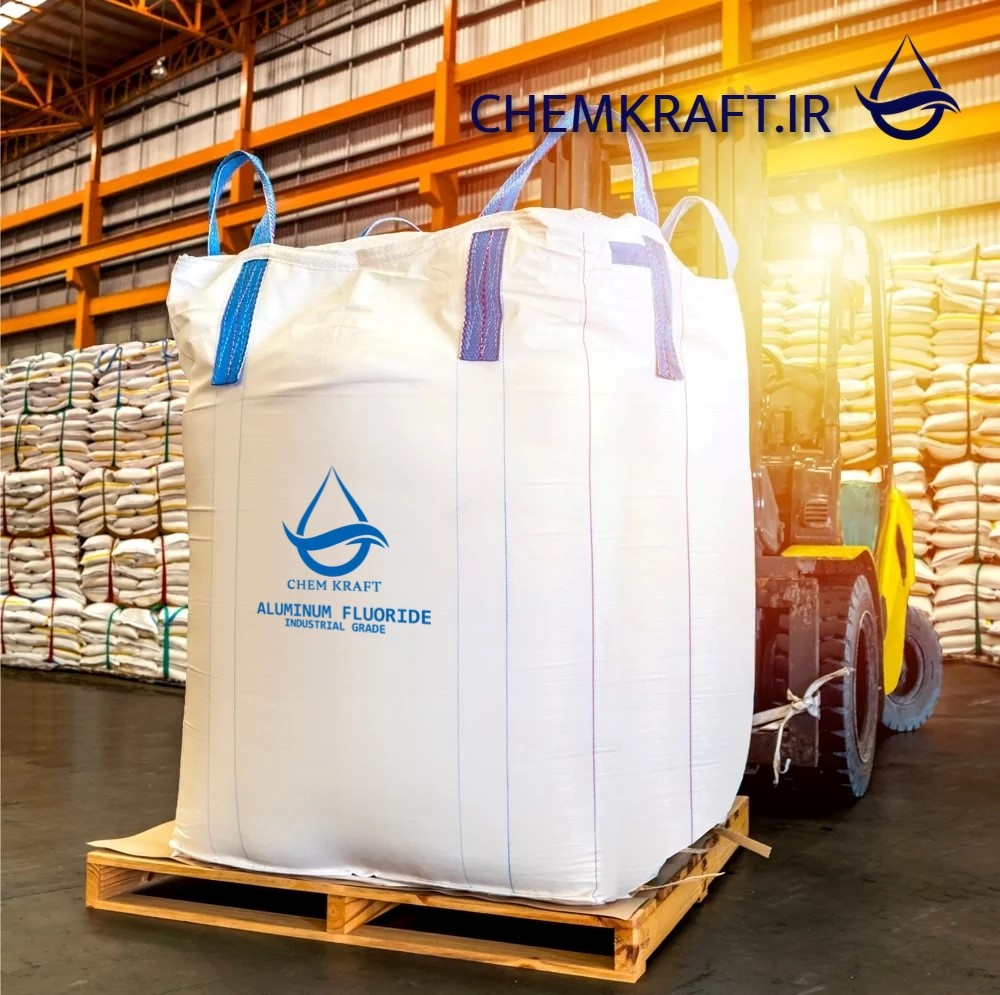Definition
Aluminum fluoride, also known as AlF3, is a compound widely used in the aluminum industry due to its numerous applications and benefits. This essay aims to explore the role of aluminum fluoride in aluminum industries and highlight its significance.
To begin with, aluminum fluoride plays a crucial role in the production of primary aluminum. It serves as a crucial fluxing agent in the reduction process of aluminum-containing ores like bauxite. By adding aluminum fluoride to the mixture, it lowers the melting point of alumina, enabling the reduction reaction to occur at lower temperatures and reducing energy consumption.
AlF3 in electrolytic process
Furthermore, aluminum fluoride is also essential in the electrolytic process of aluminum production. It is added as a cryolite substitute in the electrolytic bath used to dissolve alumina. The addition of AlF3 helps to increase electrical conductivity, reduce the melting point, and improve the overall efficiency of the process.
In addition to the production process, AlF3 is also used as a component in the production of aluminum alloys. It acts as a grain refiner and modifier, enhancing the mechanical properties and performance of the final product.AlF3 helps to control the grain structure, reduce porosity, and improve the overall casting quality of aluminum alloys, resulting in superior strength and durability.
AlF3 as a fluxing agent
Moreover, aluminum fluoride finds application as a fluxing agent in the refining process of aluminum. It helps to remove impurities like oxides, hydroxides, and other foreign substances present in the aluminum melt, ensuring the production of high-quality aluminum products. Its fluxing properties enable the separation of impurities from the molten aluminum, thus improving the purity and integrity of the final product.
Additionally, aluminum fluoride is employed as a catalyst in the production of various chemicals and organic compounds. It is widely used in the manufacturing of fluorocarbons, which are vital for the production of refrigerants, solvents, and propellants. It acts as a catalyst in the fluorination process, facilitating the introduction of fluorine atoms and enabling the synthesis of these important compounds.
Furthermore, aluminum fluoride is also used in the production of ceramics and glass. It acts as a fluxing agent, reducing the melting point and improving the workability of these materials. This chgemical enables the formation of a dense and homogeneous structure during the firing process, resulting in high-quality ceramics and glass products with improved properties and enhanced thermal stability.
In conclusion
This compound plays a significant role in the aluminum industry due to its diverse applications and benefits. From primary aluminum production to the manufacturing of aluminum alloys, refining processes, and catalyst applications, AlF3 contributes to the efficient and high-quality production of aluminum products. Its fluxing and modifying properties enhance the performance and mechanical properties of aluminum, resulting in durable and reliable end products. Therefore, the use of AlF3 in the aluminum industry is crucial and continues to play a vital role in various manufacturing processes.




